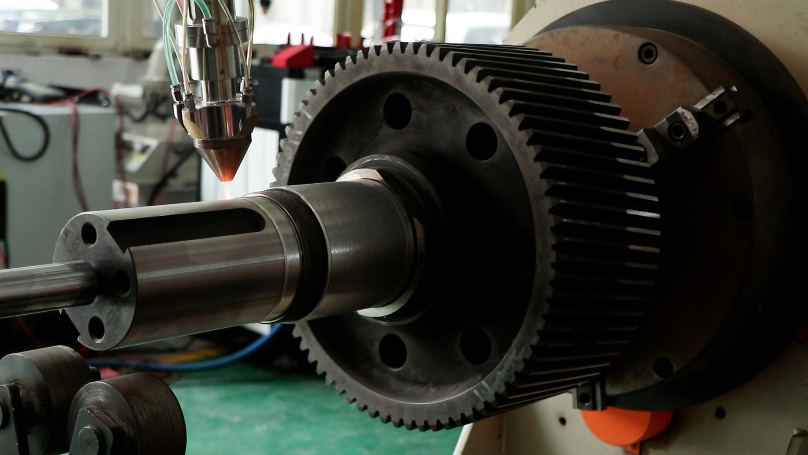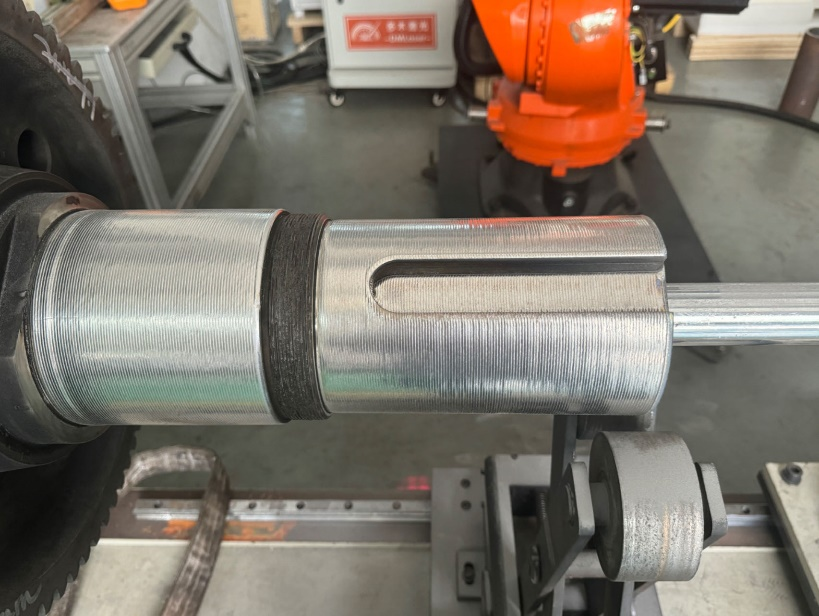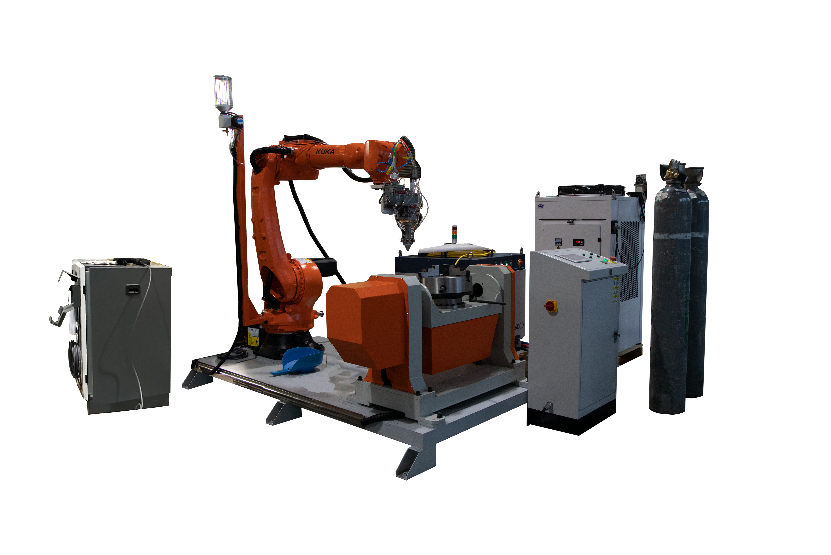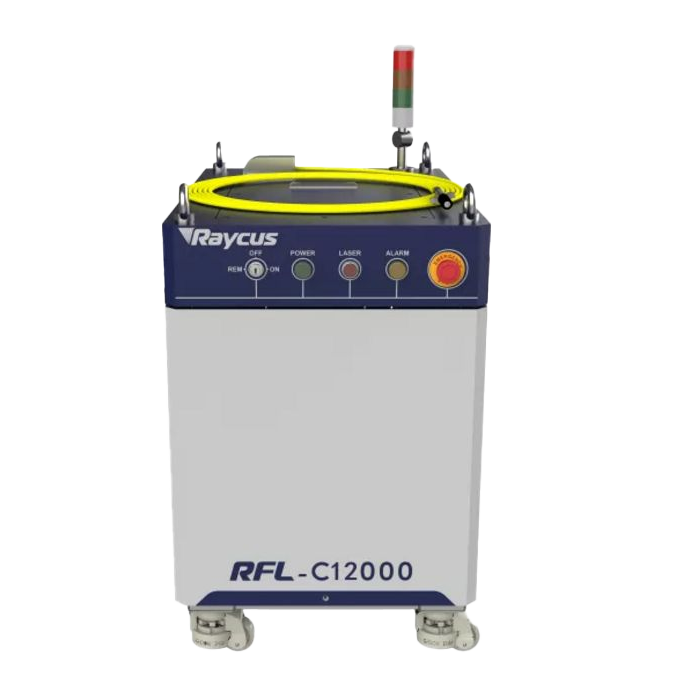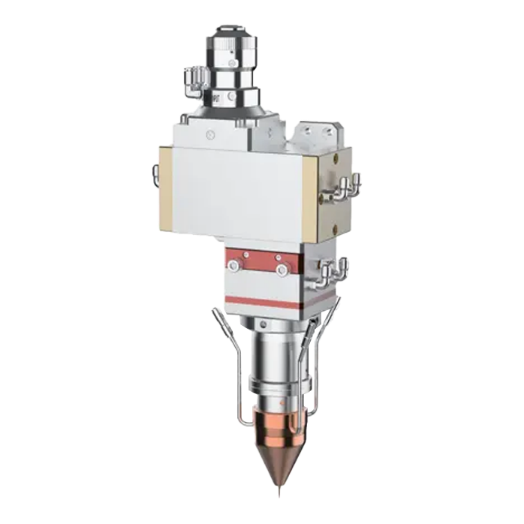Repairing or strengthening motor rotors using laser cladding is a common surface engineering technique. In this article, we will explain the detailed process of laser cladding of motor rotors. In this article, we will explain the detailed process of laser cladding of motor rotors, as well as the selection of the most suitable cladding powder to create the perfect cladding layer. Let's first understand the principle of laser cladding of motor rotors.
Principle of laser cladding of motor rotors
Laser cladding can improve the wear and corrosion resistance of motor rotors by fusing alloy or ceramic powders to the surface of the substrate to form a dense, high hardness protective layer.
The main steps of using laser melting cladding motor rotor:
1. Preparation
● Rotor surface cleaning: use sandpaper, sandblasting and other methods to clean the surface of the motor rotor, to remove the oxide layer, oil, rust and other impurities, to ensure that there is a good combination between the powder and the substrate in the process of cladding.
● Selection of cladding material: Select the appropriate cladding powder material according to the working environment and requirements of the motor rotor. Common materials include nickel-based alloys, cobalt-based alloys, stainless steel powder, ceramic composite materials, etc.
2. Selection of cladding equipment
● Laser source selection: generally use fiber laser, CO₂ laser or semiconductor laser, the power according to the size of the rotor and the melting point of the cladding material to choose. The laser power is usually between 1kW and 10kW.
● Melting head: Equipped with a suitable powder feeding device, so that the powder is uniformly delivered to the action area of the laser beam. Multi-channel or multi-nozzle structure of the powder feeding device can be selected according to the needs.
3. Laser cladding process
● Parameter setting: adjust the laser power, scanning speed, powder feeding rate, focal length and other parameters. These parameters should be controlled to ensure that the thickness of the cladding layer is uniform and well combined with the substrate. Generally, the laser power is 1-5 kW and the scanning speed is within the range of 10-30 mm/s.
● Welding process:
1.The laser beam is directed onto the rotor surface and heated to the melting point.
2.The cladding powder is delivered to the laser irradiation area through the feeding nozzle. The powder melts instantly under the high temperature of the laser and forms a molten pool with the base material.
3. As the laser beam moves, the molten pool gradually cools down to form a dense claddinging.
4. The entire rotor surface is scanned line by line or in a circular manner to ensure the integrity of the claddinging.
4. Cooling and post-treatment
● Natural or forced cooling: After the cladding is completed, you can choose to let the rotor cool naturally, or accelerate the cooling process by air cooling or liquid cooling.
● Post-processing: The surface may be slightly rough after cladding, which usually requires subsequent processing, such as grinding and polishing, to ensure surface finish and dimensional accuracy.
5. Quality Inspection
● Non-destructive testing: Non-destructive testing of the fusion cladding layer to ensure that there are no defects such as porosity, cracks, etc.. Commonly used methods include ultrasonic testing, X-ray testing, etc.
● Hardness and bonding strength test: test the hardness, wear resistance and bonding strength of the cladding layer to ensure that the cladding layer meets the design requirements.
Advantages of laser cladding:
1.High precision: the laser beam has high energy density, the cladding layer is firmly and densely bonded with the base material.
2.Low heat impact: the low heat input of laser cladding can reduce the thermal deformation of the rotor material.
3.Repairability: laser cladding technology can be used not only for the strengthening of new parts, but also for the repair of old parts to extend the service life of the motor rotor.
Laser cladding technology has a wide range of applications in the repair and strengthening of motor rotors, especially in the field of high-performance motors and wind turbines. Interested in laser cladding? Contact us!
Post time: Sep-18-2024
